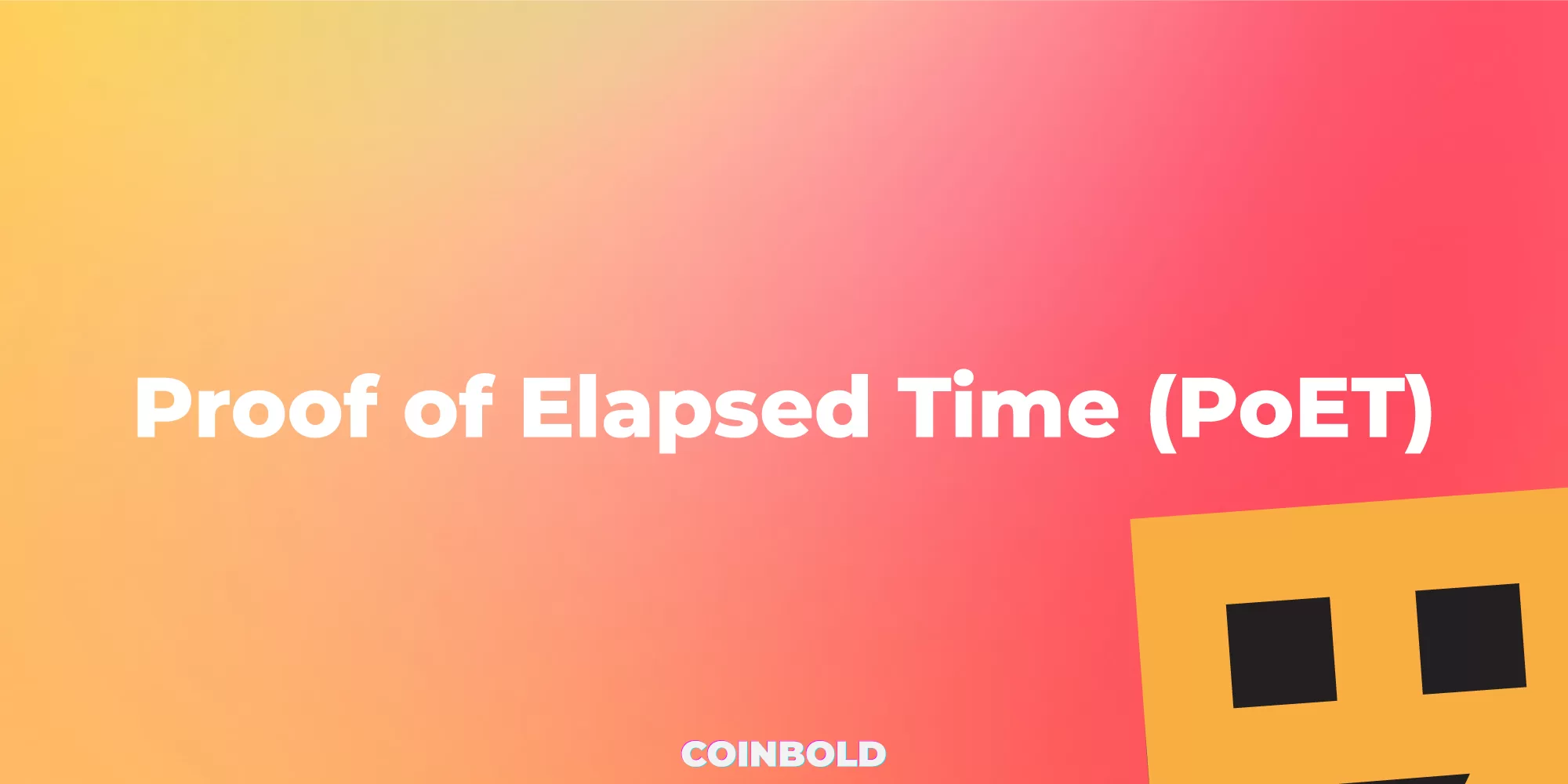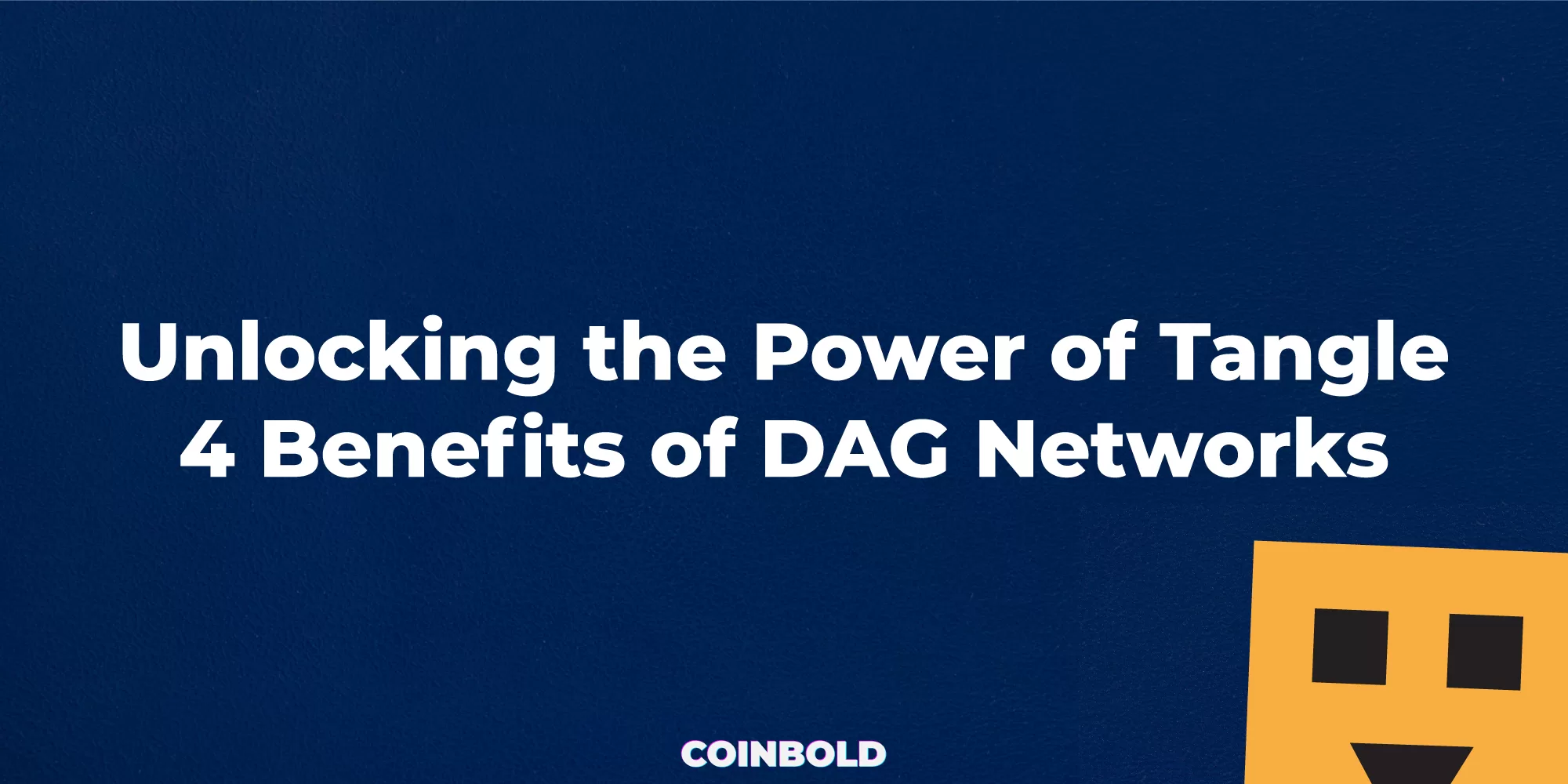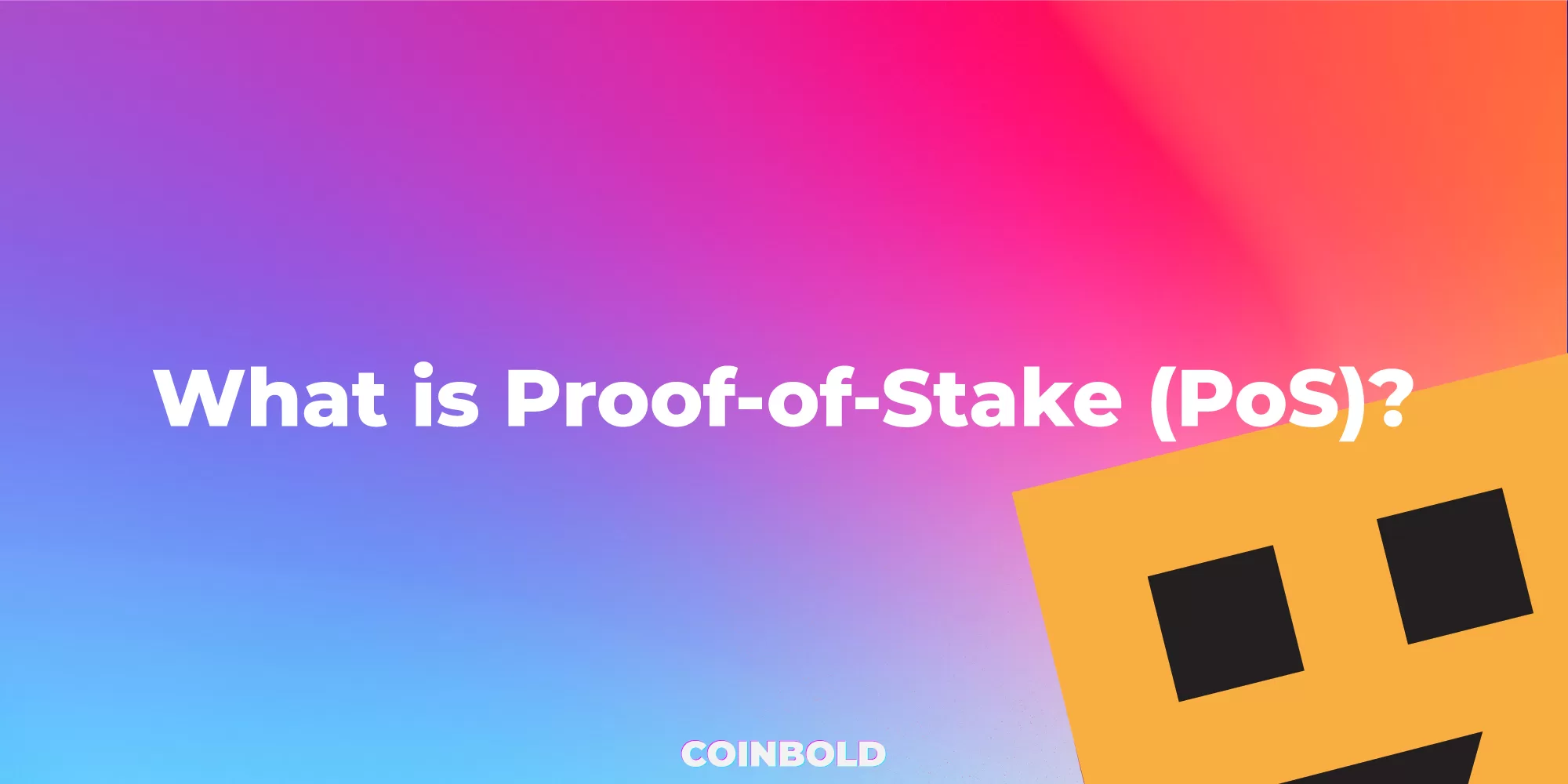A question that often pops up in the world of blockchain technology is, "What are consensus mechanisms?" Well, my friends, we're about to embark on a fascinating journey to understand these critical components of our digital age.
Consensus mechanisms are like the unsung heroes of the blockchain network. They're the protocols that ensure all the nodes in the network agree on the validity of transactions. Imagine a classroom where every student must agree before a decision is made - that's consensus mechanisms in action!
In the realm of blockchain, these mechanisms are like the referees of a football match, ensuring the game's fairness and authenticity. Whether it's Bitcoin's Proof of Work (PoW), Ethereum's upcoming Proof of Stake (PoS), or the Delegated Proof of Stake (DPoS) used by EOS - each consensus mechanism has its unique way of maintaining the network's integrity.
Proof of Work, for instance, is like a complex mathematical puzzle. Miners compete to solve the puzzle, and the first to succeed gets to add a new block to the blockchain. It's like a high-stakes race where the winner gets the gold!
On the other hand, Proof of Stake operates differently. Here, the creator of a new block is chosen based on their stake, or ownership, in the network. It's like a company where the biggest shareholders have the most say.
These consensus mechanisms work silently in the background, maintaining the security and reliability of the blockchain. They're like the invisible gears turning the wheels of our digital economy.
Understanding consensus mechanisms is crucial as they form the bedrock of blockchain technology. It's like understanding the rules of the road before you start driving. And as we delve deeper into this digital frontier, these mechanisms will continue to play a pivotal role in shaping our digital future. So, are you ready to explore further?










